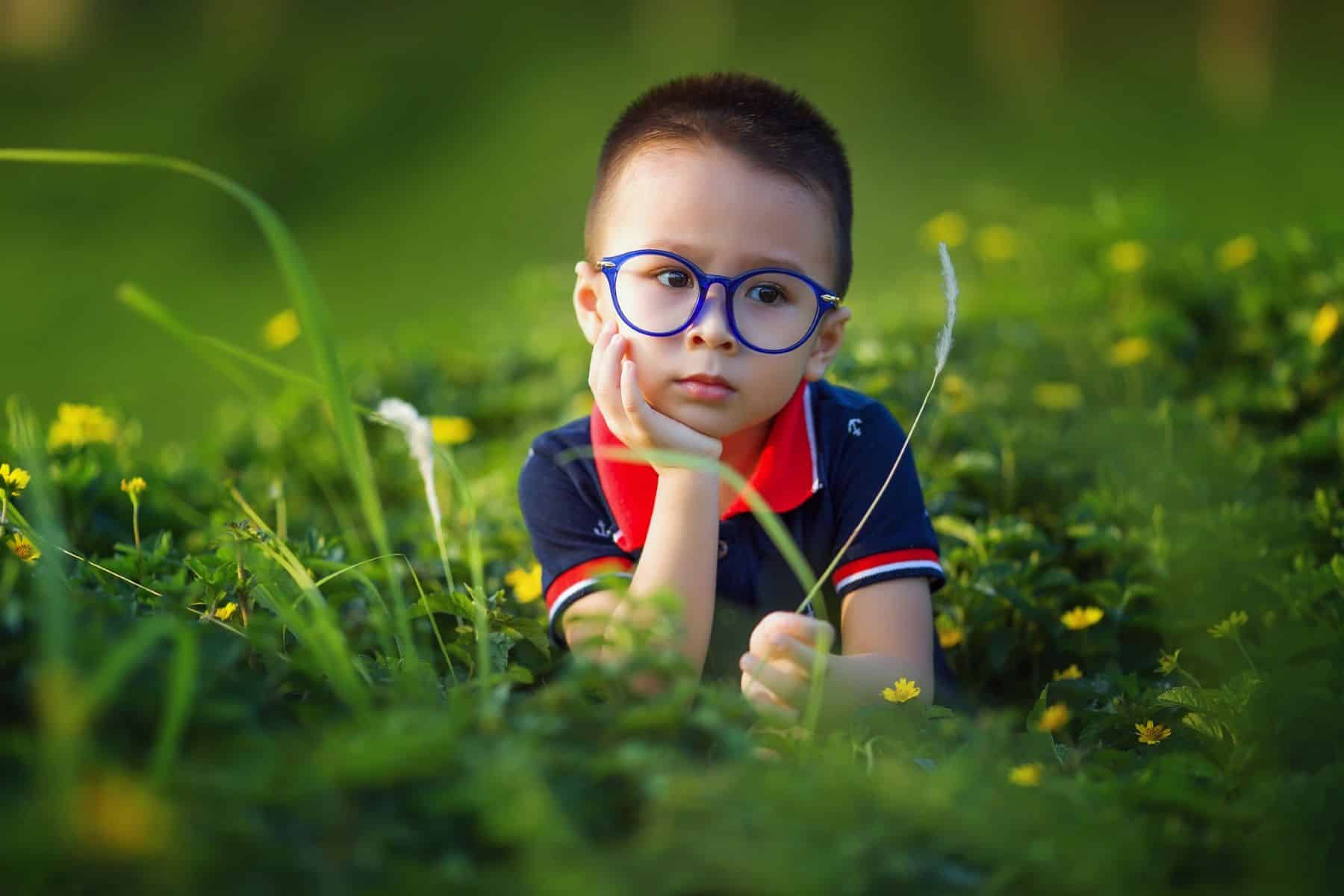This Meta -analysis investigates the effectiveness of outdoor activities to reduce the appearance of myopia in children and adolescents By analyzing changes in axial extension and spherical equivalent refractive error. The eligible criteria were addressed from 6 to 18 years old to children and adolescents with different levels of outside exposure. The primary results were the axial extension and the spherical equivalent change.
The Outdoor activities decreased or delayed the appearance of myopia considerablyWith an average axial difference in length of −0.08 mm per year (95 %bi: 8.09 to 8.07) and a spherical equivalent difference of 0.16 diopters per year (95 %bi: 0.07 to 0.25).
Are Differences were observed after 1 year of intervention and continued to stay up to 3 yearsWith a daily outside exposure between 40 and 120 minutes. Heterogeneity was moderate to high, but the sensitivity analysis confirmed the firmness of the results.
Myopia of the child and nature
Outdoor activities, especially with long -term exposure to intense light, the appearance of the appearance of the myopia In children and adolescents. This study emphasizes the importance of light intensity to maximize the benefits of outside interventions and emphasizes regional differences in effectiveness, which suggests that lEnvironmental factors play an important role in the results.
A study led by Complutense University of Madrid (UCM) concludes that outdoor activities are the appearance of the appearance of the myopia In children and adolescents. The details are published in Ophthalmologica Act.
“Based on existing evidence, we recommend at least two hours of extra exposure per day, preferably with light intensities larger than 10,000 lux, because of the protective effects against the myopia”, Miguel Ángel Sánchez Tena, researcher at the Optometry and Vision Department of the UCM and one of the authors, notes. “Integrating this output at school and out -of -school routines could play a crucial role in reducing the incidence of myopia at the latest“He adds.
The study had 16,597 participants between 6 and 18 years old and saw an average difference in the axial length of -0.08 mm per year and a difference in the spherical equivalent of 0.16 Diopters per yearWith persistent effects up to 3 years.
The effect also depends on the place
Over the Regional differencesResearchers stand out Significant variations in the effectiveness of outdoor activities Depending on environmental and socio-economic factors.
In regions with a greater intensity of natural light, the protective effects against myopia They are more pronounced as a result of exposure to light levels. On the other hand, in densely populated urban areas, where green spaces, nature and natural light are more limitedThe effectiveness of these activities can be reduced.
The results are useful to design iPreventive interventions against myopia in children and adolescents, suggesting that increasing daily exposure to outdoor activities It can be an effective strategy. “This can be applied to the policy of public health and recommendations for parents and educators,” the researchers add.
According to the authors, the next step is to make additional studies To confirm these findings and to explore regional differences and Environmental factors that influence the effectiveness of outdoor activitiesAs well as investigating the optimum duration and the intensity of light exposure to maximize the benefits.

